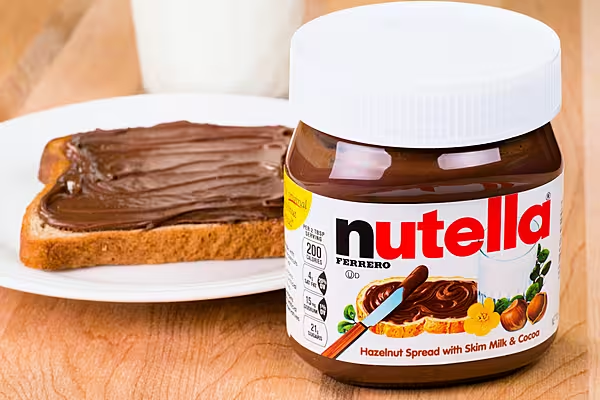Like every sector of grocery retail, frozen food has been impacted by the looming threats posed by rising inflation affecting costs at every level, concerns over a strained supply chain, and the Russian invasion of Ukraine. This is before you factor in the changing habits of consumers as a result of numerous lockdowns.
That said, there are grounds for optimism in the frozen food sector.
According to stats from the American Frozen Food Institute (AFFI), frozen food dollar sales among lower-income millennial households are up 15%, with studies from their British counterparts, the British Frozen Food Federation (BFFF), showing that retail frozen food sales have grown by 13.5% compared to pre-pandemic levels, suggesting that consumers that turned to the freezer during COVID have continued adding frozen products to their baskets.
Frozen food has grown at a faster rate than total food and beverage growth over the past five years, with figures from the AFFI showing that growth in 2021 amounted to 22.6% compared to the 2019 pre-pandemic normal.
Inflation Challenges
According to the group, how to 'sustain this strength' was the key discussion point during its recent leadership conference.
Whilst inflation has led to rising costs in many areas, frozen food has seen price increases that are 'more modest than total food and beverages', according to the AFFI, while the BFFF has said that average frozen food prices rose by 2.1% over the past year.
Some products, such as ice-cream, have seen prices rise by over 10% in the 52-week-period leading up to the publication of the BFFF’s Frozen Food Report 2022 (in February of this year), with vegetables being the only category to report a price decrease (-6%).
Along with rising inflation, another area that could impact frozen food prices revolves around new legislation related to health. The UK government is looking to tackle rising obesity in the country and is targeting products high in saturated fat, salt, and sugar (HFSS), which will impact frozen foods such as pizza, ice-cream, and ready meals.
Purchasing Power
The largest customer cohort when it comes to purchasing frozen food products is older millennials, comprising 48% of the total, according to AFFI’s Power of Frozen in Retail 2021 report, which also points to a growing opportunity to target younger audiences with increased personalisation.
As more and more young people become vegetarian/vegan/flexitarian, products designed for these categories in the frozen sector are poised to capitalise. As reported by the BFFF, vegan and vegetarian products have achieved 16.8% growth since 2019, contributing to a £237.4 million (19.8%) increase in sales of savoury foods in the same period.
Elsewhere, the plant-based category is growing at four times the rate of meat analogue products, a trend the BFFF expects to continue.
“There has been incredible innovation in the frozen plant-based category," says Richard Harrow, former BFFF chief executive. "From developments in the texture and mouthfeel of meat alternatives to new recipes that make vegetables the star of the show, it’s no surprise that consumers with all kinds of dietary needs and preferences are adding these types of products to their baskets."
Sustainability Standpoint
The sustainable credentials of frozen products are also likely to appeal to a younger customer group, with the Deutsches Tiefkühlinstitut e.V. declaring that the long shelf-life of frozen food products makes them attractive to those concerned with food waste.
Elsewhere, according to the AFFI, 'advances in vertical farming, precision agriculture and artificial intelligence are improving variety and delivering sustainability benefits. Technological advances in processing also deliver sustainable benefits, without compromising taste, texture or nutrients'.
The use of frozen products can also benefit the HoReCa channel, which has faced increased supply pressures since reopening after the pandemic.
According to Harrow, “Many foodservice operators found that offering their usual menu was almost impossible on reopening after covid restrictions. Whether due to having fewer kitchen staff or unpredictable diner numbers, many menus were replanned and frozen food offered a solution to several problems.”
The BFFF has predicted that the total foodservice market is set to be valued at around £95 billion in 2022, which is around 5% below 2019 levels.
Like consumers, many foodservice businesses will likely turn to frozen food as a means of cutting costs, cutting down on waste, and increased convenience.
© 2022 European Supermarket Magazine – your source for the latest A-Brands news. Article by Conor Farrelly. Click subscribe to sign up to ESM: European Supermarket Magazine.














